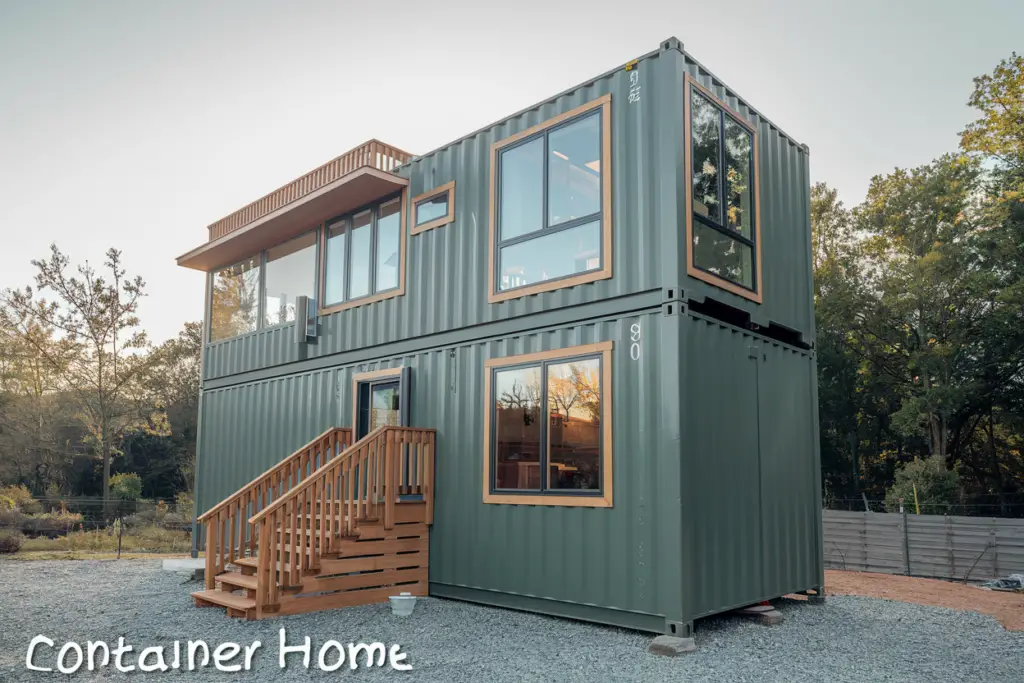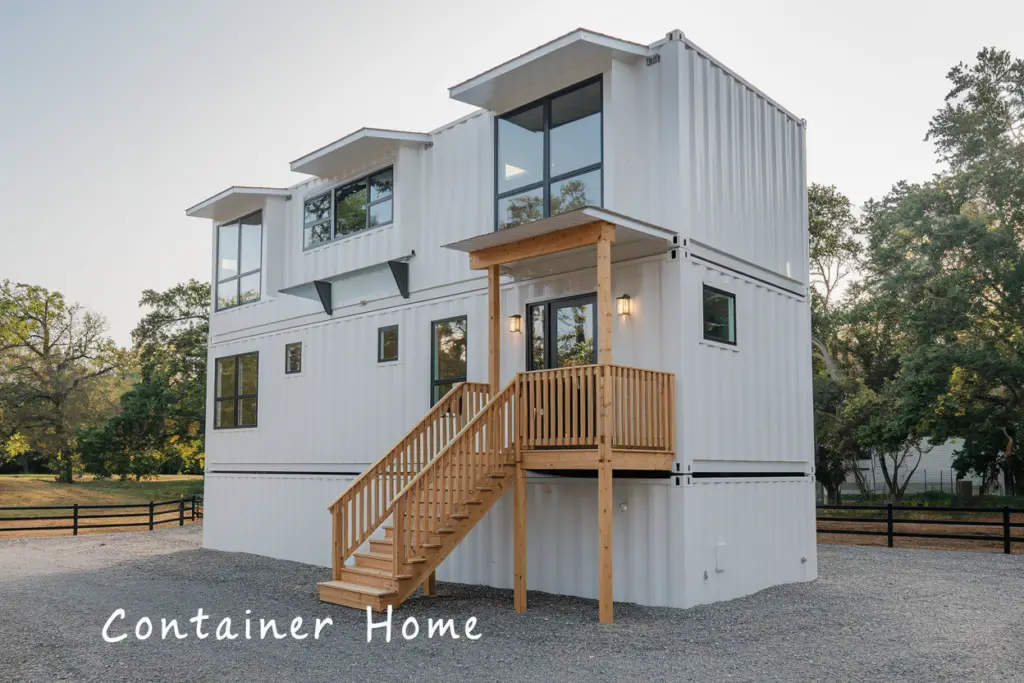In the heartland of innovation, where the American dream is continually reshaped, a new architectural phenomenon is taking root – or rather, stacking up. Welcome to the world of shipping container homes, a market that in 2024 stands at a robust $64.75 billion and is poised to climb to an impressive $108.70 billion by 2032, growing at a compound annual growth rate of 6.7%. This isn’t just a trend; it’s a revolution in living spaces, fueled by a desire for sustainability, uniqueness, and affordability.
Containers: From Cargo to Cozy
Imagine a home that once sailed the high seas, carrying goods from distant lands. Today, these steel giants are being transformed into stylish, durable, and eco-friendly homes. A standard 20-foot container offers about 160 square feet of living space, but when you think of stacking or combining these boxes, the possibilities become as vast as the ocean they once navigated.
- Structural Integrity: Each container is designed to shoulder the weight of nine others stacked on top, making them incredibly robust. Yet, cut into one for a window or door, and you’ll need to reinforce it, ensuring your home doesn’t buckle under its own creativity.
- Cost-Effectiveness: Starting at $2,000 for a basic unit, these containers can morph into homes costing anywhere from $1,400 to $4,000 per square foot when fully tricked out. But here’s where it gets interesting – the real savings come not just from the price of the container but from the speed of construction.

Designing Dreams in Steel
The design phase is where your container home truly comes to life. Picture this: a sleek, modern abode with glass walls that slide open to embrace the outdoors, or an industrial chic interior with exposed steel beams. Insulation? Think spray foam, wrapping your home in a cozy embrace against the elements. And for those worried about feeling boxed in, clever design can make a 40-foot container feel like a mansion.
- Aesthetic Customization: From rustic wood cladding to futuristic metal panels, these homes wear their exteriors like fashion, with costs adding just 5-10% to your project for that personal touch.
Navigating the Legal Seas
But before you set sail on your container home project, there’s the map of regulations to chart. States like California, Texas, and Washington are leading the charge, welcoming these structures with open arms (and stringent building codes). Here, your container home must not only stand but stand out as a paragon of safety and innovation.
The Environmental Voyage and Economic Impact
Each reused container is a small victory against environmental waste, yet the journey isn’t without its storms – corrosion and the elements can wear down even the mightiest of metal. However, in cities like Austin, where the housing crisis looms large, container homes are not just homes; they’re beacons of hope, offering affordable living options.

The Future of Container Living
As we look to the horizon, what do we see? A future where your neighbor might just be a container castle, where the community buzzes with stories of how their homes once roamed the world. Social media platforms like X buzz with comparisons, showcasing how a container home can offer up to 2,300 square feet of living space, rivaling traditional homes in both cost and comfort.
In America’s ever-evolving landscape, shipping container homes are not just structures; they’re stories. Stories of innovation, resilience, and a nod to the planet. They’re about making something extraordinary out of the ordinary, turning the tides of traditional housing into a sea of opportunity for those daring enough to dive in.
This narrative aims to captivate the reader, weaving facts with storytelling to bring the concept of container homes to life in an engaging manner.
